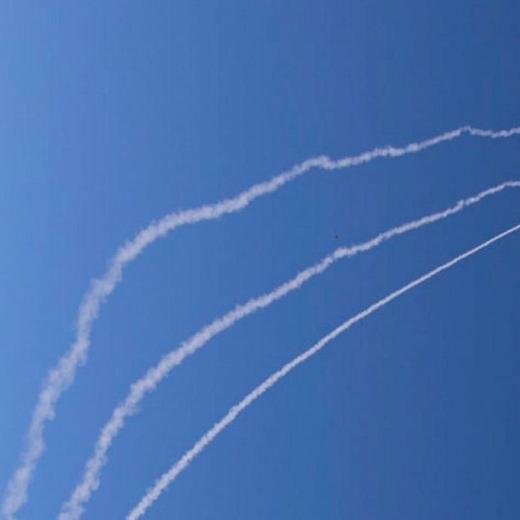BLUF
Australia’s liquid fuel imports could be jeopardised during a military conflict, and having a home-grown synthetic fuel industry might help provide an alternative source.Summary
While Australia is one of the world’s top three energy exporters, it is also heavily dependent on liquid fuel imports. In 2018–19, around two-thirds of our liquid fuel was imported. Aside from the strategic risk, this creates a huge balance-of-payments deficit. The technologies for synthetic fuel production are mature, and there are examples of production done on a commercial scale. Still, Australia would need facilities four times the size of the world’s largest plants to replace all of our liquid fuel imports—and that would be a challenge. The uncertain future of carbon fuels is a further disincentive. If the challenge is to ensure national resilience and sustain the Australian Defence Force’s capability in times of conflict, then the long-term solution is to move toward synthetic fuels. Defence’s assets include several liquid-fuel-reliant platforms. Therefore it needs to own more of the supply chain to ensure supply.
References
- May 2020 ASPI Australia must fast-track new domestic storage to ensure fuel security
- Sep 2020 SMH Long-term fuel security strategy to form key part of federal budget
- Nov 2020 BBC The new fuel to come from Saudi Arabia
- Mar 2021 ASPI No easy fix for Australia’s supply-chain dependence on China
- Mar 2021 Forbes Synthetic Fuels Won’t Save The Planet, So Don’t Say They Could
- RAAF RUNWAY: RATIONALE, GUIDELINES, LEARNING OUTCOMES, ETC |





